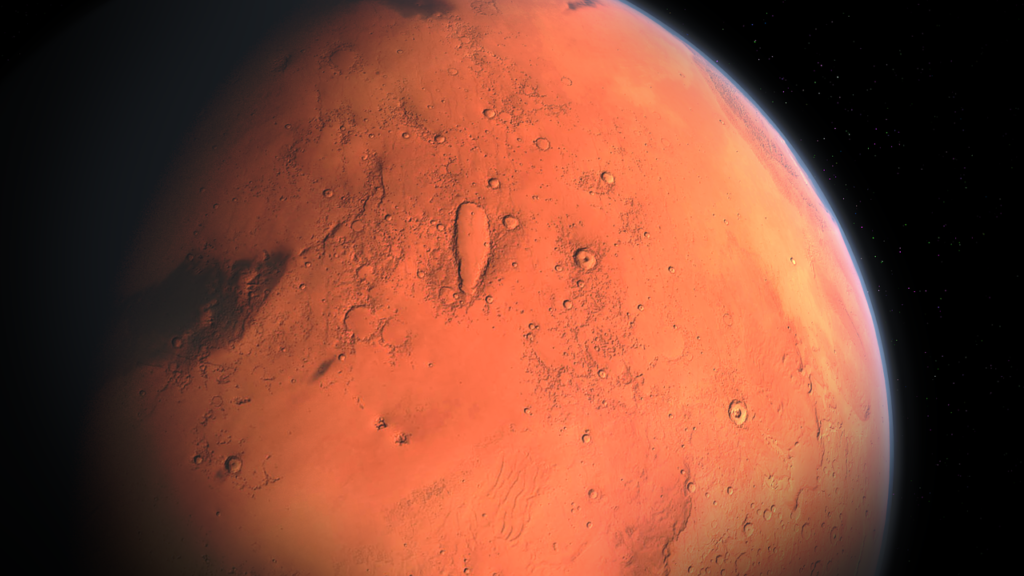
The European Space Agency (ESA) said on 27 August that it had completed construction of the Rosalind Franklin ExoMars rover in the UK, before it headed to an Airbus facility in Toulouse, France, for four months of testing to confirm it is compatible with the mission operations and the Martian environment.
Engineers at the Airbus Defence and Space site in Stevenage, England, attached the final pieces of the rover’s scientific suite of instruments, including the rover’s “eyes”: a set of high-resolution cameras that will allow it to guide itself on Mars via panoramic and close-up images of the terrain.
The rover will “seek out interesting geological locations to examine with its scientific tools and to drill to retrieve underground samples, on a quest” to determine if there has ever been life on Mars, and to better understand the history of water on the planet, the ESA said.
It was assembled in a sterile cleanroom under stringent cleanliness rules to avoid that organics, including traces of human life, are accidentally carried to Mars and contaminate the samples. The next round of tests will be conducted using vibration benches, in a chamber that simulates the range of environmental conditions scientists expect it to face on the so-called red planet.
The rover’s instruments will need to be able to work in environment that is much harsher than we experience on Earth. For example, it can expect temperatures as low as -120°C outside, and –60°C inside the rover.
The composite spacecraft comprising the carrier module, descent module, surface science platform and a replica rover will simultaneously undergo environmental testing to confirm it is ready to endure the environment of space on its eight-month journey to Mars.
Last year the ‘structural and thermal model’ of the rover successfully completed a rigorous environmental test campaign. However, the parachute system that will slow down the rover’s descent is reportedly still not yet up to scratch.
Earlier this year, the analytical laboratory that will process and analyse the drilled samples inside the rover also completed a series of tests to verify that the mechanisms and instruments during science operations can produce satisfactory results under challenging conditions.
The mission is currently expected to launch in just under a year from now – within a launch window between 26 July and 13 August 2020 – on a Russia Proton-M launcher and to arrive at Mars in March 2021.
“Completing the build of the Rosalind Franklin rover under the strict cleanliness requirements, with all the science instruments onboard, is a major milestone of our ExoMars programme,” David Parker, the ESA’s Director of Human and Robotic Exploration, said in a statement. “It is thanks to the dedication of all the teams involved that we are able to celebrate this moment today.”
“We’re looking forward to completing the final rounds of tests before the rover is declared flight ready and closed inside the landing platform and descent module that will deliver it safely to the surface of Mars,” he added.
In addition to the 2020 mission, the ExoMars programme also includes the Trace Gas Orbiter (TGO) launched in 2016. The TGO is already both delivering scientific results of its own and relaying data from NASA’s Curiosity Mars rover and Insight lander, and will relay the data from the ExoMars 2020 mission once it arrives at Mars.


Leave a Reply